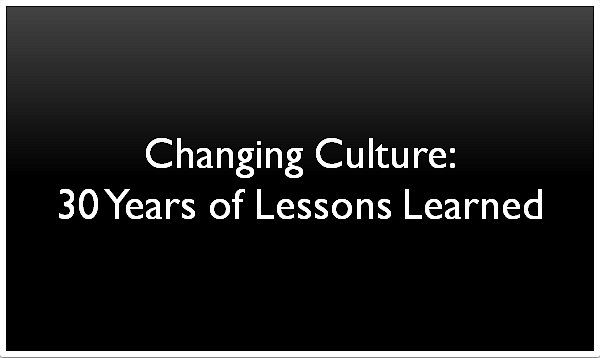Managing Company Culture in a Growing Brand
The goal of any brand is to experience continual growth. But, how does this expansion affect the inner workings of the brand and the company itself? How can you make sure that your company’s culture, or ethos, can survive rapid growth? Or can you? Fortunately, there are steps you can take to ensure your culture survives rapid change. Here are some useful tips for managing company culture in a growing brand.
Culture Change and Growth
First things first. Business leaders all too often mistake the superficial for the important. This is especially true when it comes to company culture. Sure, you may have video games for employees, and your dress code is relaxed, but if that’s what you think company culture is, you’re in for a rude awakening.
When companies scale up, they often try to retain an aesthetic sense of their old self without maintaining their original ethics or the personnel that led to growth in the first place. Then, once they’ve grown, the leaders will look around and notice the company is missing “something,” but can’t figure out what.
What that “something” is is the culture of the company. So, how can you help to prevent this “something” from disappearing?
Plan Ahead
The best place to start when it comes to maintaining a corporate culture is by having a sound plan of attack. Knowing your goals and having a clear idea of how you plan to achieve them allows you to anticipate problems which may occur and provides the foresight of knowing how to react to changing circumstances.
When you take the time to strategize your company’s culture, consider the following critical questions:
- How are you planning to help your team grow in both knowledge and capabilities?
- How are you ensuring your team both understands and performs to your expectations?
- What’s your plan to keep your team’s mind and heart focused on your company?
- How do you make sure your team is feeling valued and appreciated?
By considering these fundamental questions, you not only establish a system of trust but also provides a thriving working environment where your team can flourish professionally and enjoy long-term loyalty
Hire Rigorously
Avoid Employee Churn
As hiring processes change a company’s culture, employee turnover increases. As turnover increases, key members of your original team may seek new opportunities. Employee churn and rigorous hiring methods go hand in hand. When a company grows, make sure that current personnel is retained over new hires. Those jumping ship are often unsure of their new role within a fast-changing corporation or feel isolated or under-valued as a result of the new ethos or hiring procedures. Value your team and hold on to them. They are the embodiment of your company and your brand – cherish them. There will always be turnover at a company. It’s how you handle this turnover which dictates if a company’s ethos and culture wither or thrive.
If You Need Help Developing or Sustaining a Winning Culture, We’re Here to Help
Maintaining corporate culture can seem like a daunting task, especially during periods of growth, but it doesn’t have to be. Culture has a high capacity to help businesses achieve genuinely great things. If you need help defining or improving your business’s culture, check out some of CultureStrategyFit’s excellent cultural products and services, or give us a call today at (833) 391-11896 for a free consultation.











